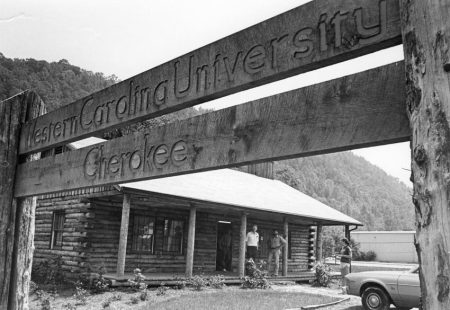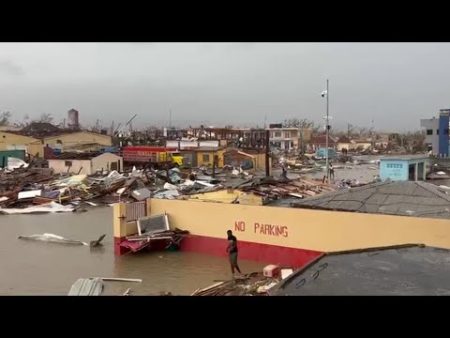Cappadocia Church Saved by the Preservation Society
Cappadocia FBH Church, founded in 1906, is located in Asheville’s East End neighborhood, a historically African American neighborhood.

Kudos to the Preservation Society of Asheville and Buncombe County on their purchase of Cappadocia Church in Asheville’s East End Community.
Cappadocia Fire-Baptized Holiness Church, which stands on Catholic Hill, is relatively unknown to Asheville’s Euro-centric communities, but the church has been a significant part of the East End community for over a century. It is representative of the post-reconstruction struggle of African Americans in Asheville to survive and thrive in the long-segregated East End.
The Preservation Society, a nonprofit that serves to preserve, save, and restore neglected but historic area buildings, consulted with the East End/Valley Street Neighborhood Association and found that the church property and the adjacent residence were a top priority for the community. With that knowledge, they moved forward with the purchase with the goal of restoring the historic property.
In speaking with members of the East End community, who were relieved and excited that this historic edifice was saved, Renée White, President of the East End/Valley Street Neighborhood Association said, “After much anticipation and relief, the East End Neighborhood Community Association appreciates the Preservation Society of Asheville and Buncombe County acknowledgement of the African American history and legacy of our East End neighborhood. We look forward to our partnership and working together to make Cappadocia Church an integral and viable space that provides the neighborhood and region with a story to tell to future generations.”
Brief History of Cappadocia
Cappadocia Fire-Baptized Holiness Church was organized in Asheville in 1906. G.G. (Gustavus Guyhart) Gary, a church trustee who later became a Bishop in the Fire-Baptized Holiness Church organization, later recorded in a memoir that he had accepted Christ as his savior “in the beauty of holiness under the preaching of the FBH Founder, Bishop W. E. Fuller Sr. on March 10, 1907, at Cappadocia FBH Church in Asheville, North Carolina.”
The church purchased a small lot in 1907 for a building, but it proved to be insufficient—they sold it later that same year. Then in 1909, trustees purchased a plot on the corner of Grail and Max Streets for the sum of one hundred and sixty dollars (a large amount at the time), and built Cappadocia on that property.
Although Cappadocia FBH Church managed to survive the Asheville urban renewal projects of the 1970s and ’80s, the break-up of the community affected the growth of the church. Jesse Pulley, one of the last surviving church members, personally financed many of the improvements and upgrades to Cappadocia in its last active years, paying for new carpet, insulation, and furnace repairs. Despite his dedication, however, the church was officially closed in 2013.
Origin of the Name
The name “Cappadocia” reflects the tradition of St. Matthias, who is said to have preached in Cappadocia, Jerusalem, on the shores of the Caspian Sea (in the modern nation of Georgia), and in Ethiopia. The term “Fire-Baptized” is also found in the Bible, in the Book of Acts, where the writer recounts the events of the day of Pentecost when the Holy Spirit was sent by God to indwell the new believers’ meeting at Jerusalem. While a lack of written records makes it difficult to confirm the congregation’s choice of this name, it is noted that Cappadocia’s neighboring church on Catholic Hill, the former Trinity Chapel, was rebuilt and renamed “St. Matthias” in 1894, indicating that the tradition of St. Matthias, his preaching in Ethiopia, and the events of the Pentecost, were well known among the local African American clergy.
Some reporting derives from Dale Wayne Slusser’s “Cappadocia Church on Catholic Hill and the Rise of an African American Community: Asheville’s East End Neighborhood,” published by the Preservation Society of Asheville and Buncombe County.







